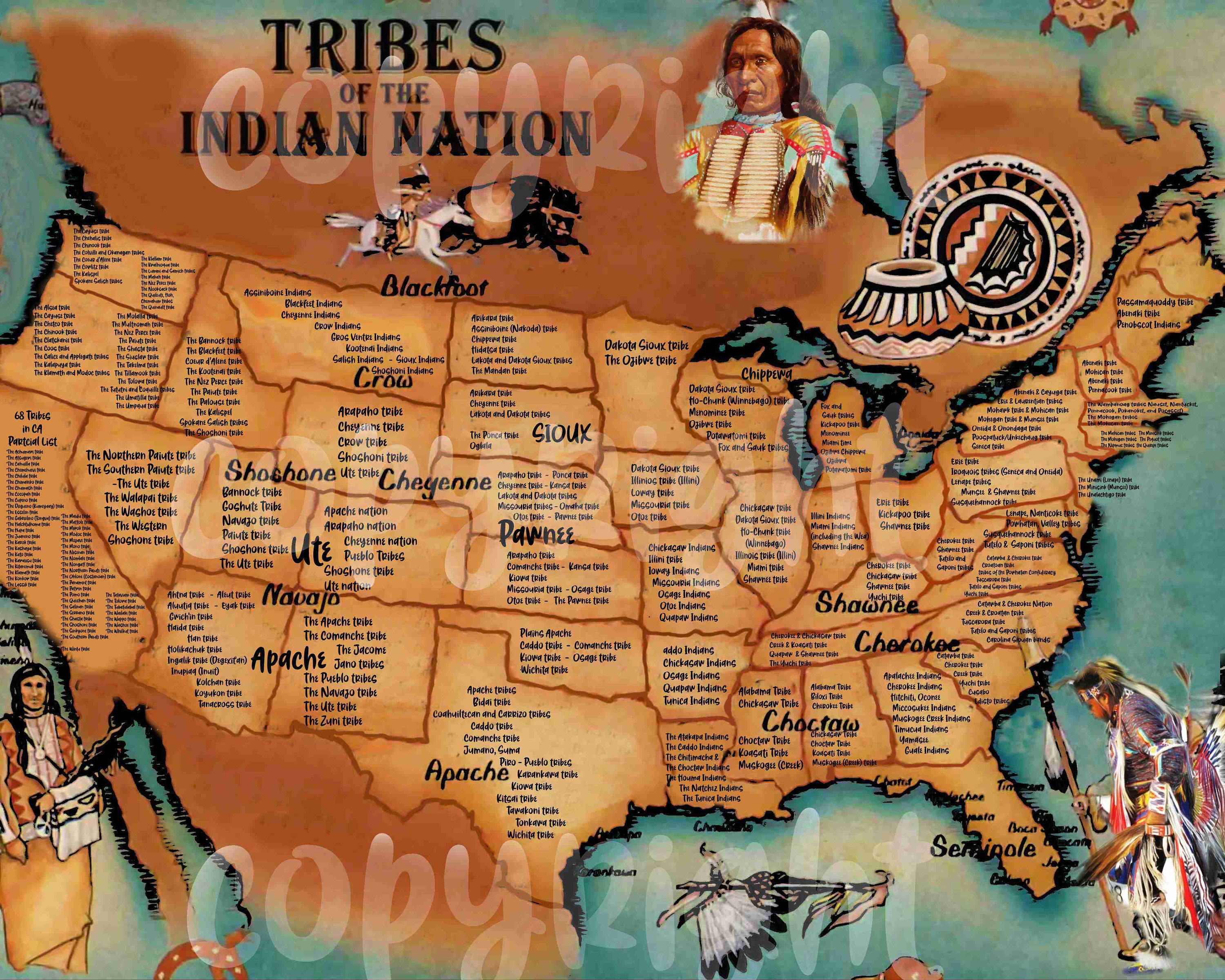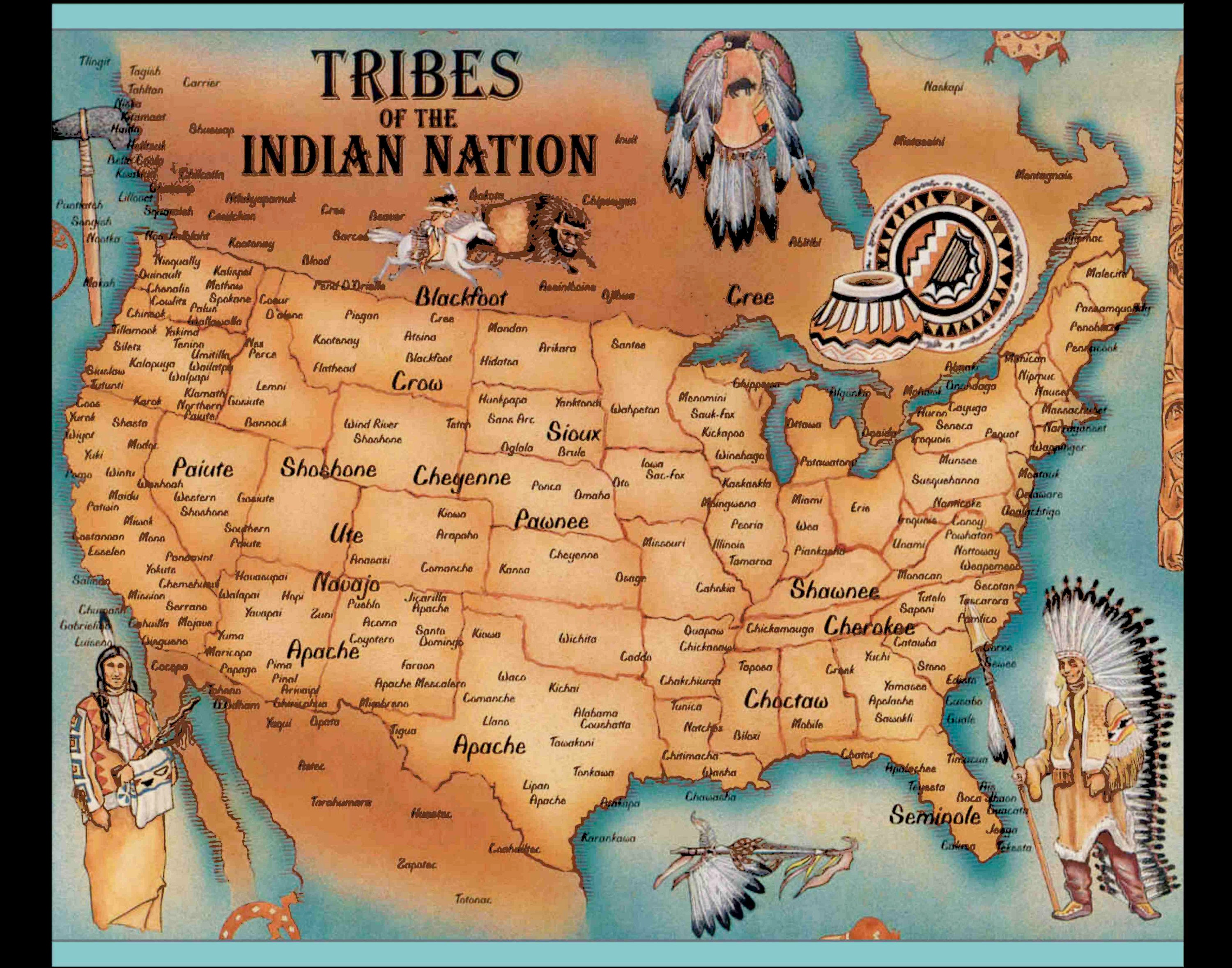
Mapping Resilience: The Enduring Legacy of Native American Political Leaders
Forget static lines on a modern atlas. The true map of Native America is etched in the land, woven into its history, and vividly illuminated by the lives and legacies of its political leaders. This isn’t just a collection of birthplaces; it’s a dynamic, living map of sovereignty, resistance, diplomacy, and the enduring spirit of identity. For travelers and history enthusiasts, understanding this leadership tapestry offers an unparalleled gateway into the heart of America’s indigenous nations – a journey far deeper than any roadside marker.
From the complex confederacies that predated European arrival to the fierce defenders of ancestral lands and the modern architects of self-determination, Native American political leaders have consistently shaped their nations’ destinies against immense pressures. Their stories are not footnotes in American history; they are foundational chapters that demand recognition and exploration.
The Foundations: Sophisticated Governance Before Contact

Long before Columbus, sophisticated political systems thrived across North America. Native nations were not homogenous groups but diverse societies with intricate governance, legal codes, and diplomatic protocols.
One of the most profound examples is the Haudenosaunee Confederacy (Iroquois), often cited for its influence on the U.S. Constitution’s framers. Guided by the visionary Great Peacemaker (Deganawida) and his orator Hiawatha, this confederacy united the Mohawk, Oneida, Onondaga, Cayuga, and Seneca nations (later joined by the Tuscarora). Their Great Law of Peace (Kaianere’kó:wa) established a democratic federal system with checks and balances, ensuring collective decision-making and preventing internal conflict. This early "map" of political influence demonstrated a sophisticated approach to inter-tribal relations and governance, stretching across vast territories of what is now New York and parts of Canada. Hiawatha, though sometimes mythicalized, represents the ideal of a leader dedicated to peace and unity, laying a political foundation that endured for centuries.
Further south, leaders like Powhatan, paramount chief of the Powhatan Confederacy in what became Virginia, meticulously managed relations among over 30 Algonquian-speaking tribes. His strategic diplomacy and later resistance against English encroachment in the early 17th century highlight the complex political landscape Europeans encountered, one where indigenous leaders commanded vast territories and loyalties.
The Age of Confrontation: Resistance, Diplomacy, and Forced Migration

As European colonial powers expanded, Native American political leaders faced unprecedented challenges, forcing them to adapt, resist, or negotiate for their people’s survival. Their decisions, often made under duress, carved new lines on the geopolitical map.
One of the most formidable figures of pan-Indian resistance was Tecumseh (Shawnee). In the early 19th century, he and his brother, Tenskwatawa (The Prophet), sought to unite various Native American tribes from the Great Lakes to the Gulf of Mexico into a confederacy to resist U.S. expansion. Tecumseh’s diplomatic travels created a "map" of influence that spanned thousands of miles, attempting to forge a common front against land cessions. His eloquent calls for unity and his military prowess made him a powerful adversary, demonstrating an ambitious political vision that transcended tribal boundaries. His efforts, though ultimately unsuccessful after his death in the War of 1812, left an indelible mark on the history of Native resistance in the Ohio Valley and Midwest.
The Cherokee Nation, a highly sophisticated society with a written language (developed by Sequoyah, a leader whose cultural innovation had immense political implications for nation-building), also produced one of history’s most compelling political figures: Chief John Ross. A principal chief for nearly 40 years, Ross navigated the treacherous waters of U.S. federal policy, employing legal and political strategies to protect Cherokee sovereignty. His leadership through the Supreme Court case Worcester v. Georgia (1832), which affirmed Cherokee sovereignty, and his subsequent agonizing efforts to resist the forced removal known as the Trail of Tears, exemplify a different form of political leadership – one rooted in legal battles and diplomatic appeals rather than armed conflict. The Trail of Tears itself became a dark, forced line on the map, a testament to the devastating impact of U.S. policy despite the heroic efforts of leaders like Ross.
Out west, the latter half of the 19th century saw a series of intense conflicts as the U.S. pursued its "Manifest Destiny." The Great Plains became a battleground, giving rise to legendary figures whose resistance defined an era.

Sitting Bull (Hunkpapa Lakota) was a visionary spiritual and political leader whose unwavering commitment to his people’s way of life inspired fierce resistance. His strategic brilliance, coupled with the military genius of leaders like Crazy Horse (Oglala Lakota), led to the decisive Lakota victory at the Battle of Little Bighorn (1876), a moment etched forever into the map of Native American defiance. Sitting Bull’s influence extended far beyond the battlefield; he was a steadfast defender of Lakota culture and sovereignty, even during his time as a prisoner of war and later with Buffalo Bill’s Wild West show, where he used his platform to advocate for his people.
In the Southwest, Geronimo (Chiricahua Apache) became a symbol of fierce, unyielding resistance. For decades, he led small bands of Apache warriors in daring raids against U.S. and Mexican forces, evading capture for years. His guerrilla warfare tactics and his refusal to submit defined a territory of resistance that stretched across Arizona, New Mexico, and northern Mexico. Geronimo’s story, though often framed as a "last stand," is more accurately a testament to the Apache’s deep connection to their homeland and their willingness to fight for freedom against overwhelming odds.
Further west, Chief Joseph (Nez Perce) became a powerful voice for his people during their attempted flight to Canada in 1877. His tactical brilliance during their 1,170-mile retreat, evading the U.S. Army, and his eloquent plea – "From where the sun now stands, I will fight no more forever" – upon surrender, cemented his place as a humanitarian and a symbol of tragic but noble resistance. His journey traced a poignant line of hope and despair across the mountainous landscapes of Idaho, Montana, and Wyoming, a stark reminder of the cost of forced relocation.
The 20th Century and Beyond: Reclaiming Sovereignty and Identity
The 20th century brought new forms of political struggle. With the "Indian Wars" officially over, Native American leaders shifted from armed resistance to legal, political, and cultural battles for self-determination. The map of leadership evolved to include activists, legal scholars, and tribal administrators working within the existing U.S. framework while pushing for greater sovereignty.
The American Indian Movement (AIM), founded in 1968, revitalized Native American activism, bringing issues of treaty rights, poverty, and police brutality to national attention. Leaders like Russell Means (Oglala Lakota) and Dennis Banks (Ojibwe) spearheaded dramatic protests, including the occupation of Alcatraz Island (1969-1971) and Wounded Knee (1973), drawing new lines of political protest and awareness across the country. These actions forced a re-evaluation of federal Indian policy and reignited a sense of pride and political agency among Native peoples.

In the latter half of the century, a new generation of leaders emerged, focusing on nation-building and economic development within their sovereign territories. Wilma Mankiller (Cherokee) stands as a monumental figure, becoming the first female Principal Chief of the Cherokee Nation in 1985. Her leadership transformed the Cherokee Nation, focusing on community development, health care, education, and strengthening the tribe’s governmental infrastructure. Her work drew a new map of self-governance and prosperity, demonstrating the power of indigenous leadership to rebuild nations from within.
Another pivotal figure, Billy Frank Jr. (Nisqually), dedicated his life to protecting tribal fishing rights in the Pacific Northwest. His relentless activism, which included numerous arrests, ultimately led to the landmark Boldt Decision (1974), affirming tribal treaty rights to salmon. Frank’s legacy created a new legal map of resource co-management and sovereignty, influencing environmental policy and tribal rights across the nation.
Today, the map of Native American political leadership continues to be drawn by thousands of tribal chairs, council members, activists, artists, and educators. They navigate complex issues of land repatriation, cultural preservation, economic development, climate change, and the ongoing fight for justice. Leaders like Deb Haaland (Laguna Pueblo), the first Native American Cabinet Secretary (Secretary of the Interior), represent a new frontier, bringing indigenous perspectives directly into the highest levels of U.S. government, influencing policies that affect not just Native nations but the entire country.
The Enduring Map: A Call to Exploration
The "Map of Native American political leaders" is not just a historical curiosity; it’s a vibrant, ever-evolving testament to resilience, identity, and the enduring quest for self-determination. It is a map defined not by static borders, but by the journeys, struggles, and triumphs of extraordinary individuals and the nations they served.
For the traveler and history enthusiast, this map beckons exploration. It encourages visits to tribal museums and cultural centers, where the stories of these leaders are told from an indigenous perspective. It invites contemplation at historic sites – from the ancient earthworks of Cahokia, hinting at sophisticated pre-contact societies, to the battlefields of the Great Plains, where courage met cavalry, to modern tribal headquarters, bustling with the work of nation-building.
When you traverse these lands, remember that every mountain, river, and plain holds the echoes of their voices, the imprints of their struggles, and the enduring spirit of their leadership. Understanding this map is not just about learning history; it’s about acknowledging a profound and continuous narrative of human dignity, sovereignty, and the unyielding spirit of Native American identity. It’s a journey into the soul of a continent, guided by those who have always called it home.
